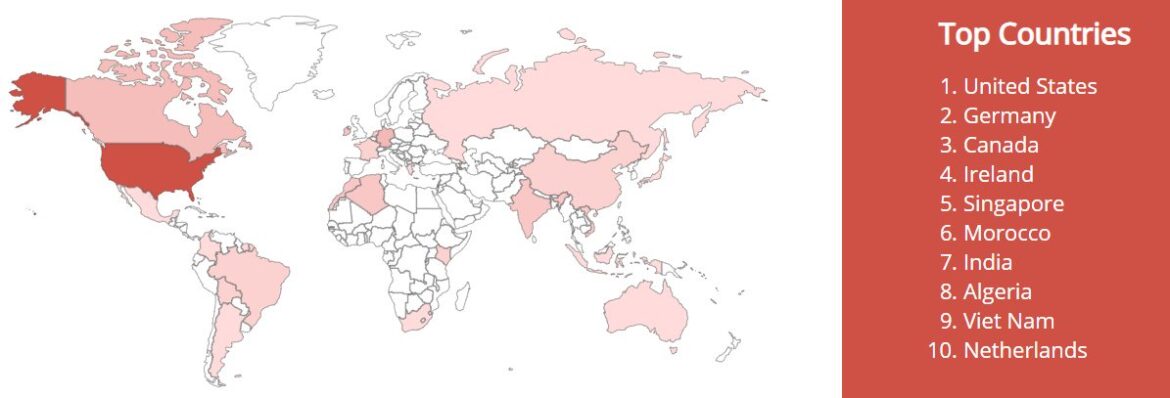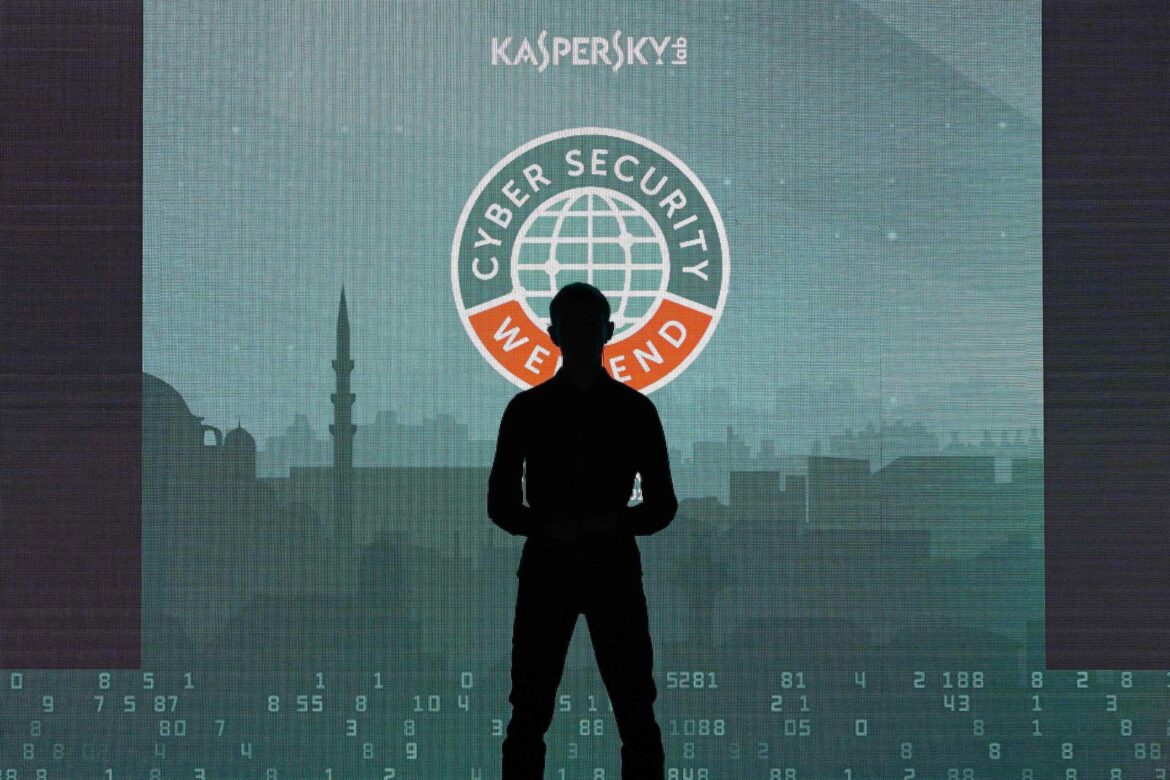The latest results of security assessments that have been performed for various medical organizations and vulnerability research of most popular medical web-applications will be presented at
Blog
Paper medical records and “medical books” are no longer used in healthcare organizations. The “papers” were replaced by electronic medical records (EMR) containing the entire history of patient’s requests, diagnostic of diseases and treatment procedures. Medical organizations use special software for managing medical procedures and storing patient data.
The small regional and first in Egypt BSides will be hosted in Cairo next week. I’m glad to support the local community of researchers with my talk “The S in IoT stands for Security: mitigating new entry points to the jewels“.
Бумажные медицинские карты и «медицинские книжки» уже давно не используются в мед. учреждениях. На смену бумажным носителям пришли электронные медицинские карты, содержащие всю историю обращений, описания всех болезней и процедур лечения пациента. Организации в сфере здравоохранения используют специальное программное обеспечение для управления медицинскими процедурами и хранения данных о пациентах.
Almost two years I’ve been focused on cyber security of Smart Medicine. The result was collected in the 3 big reports.



